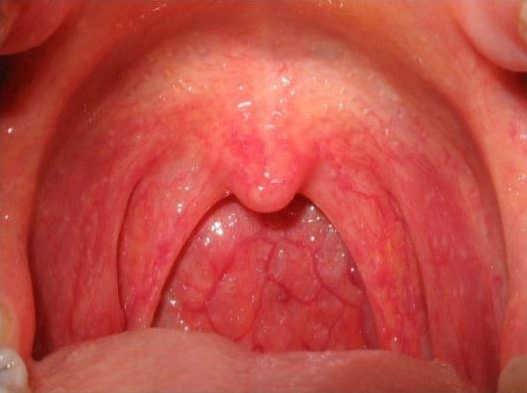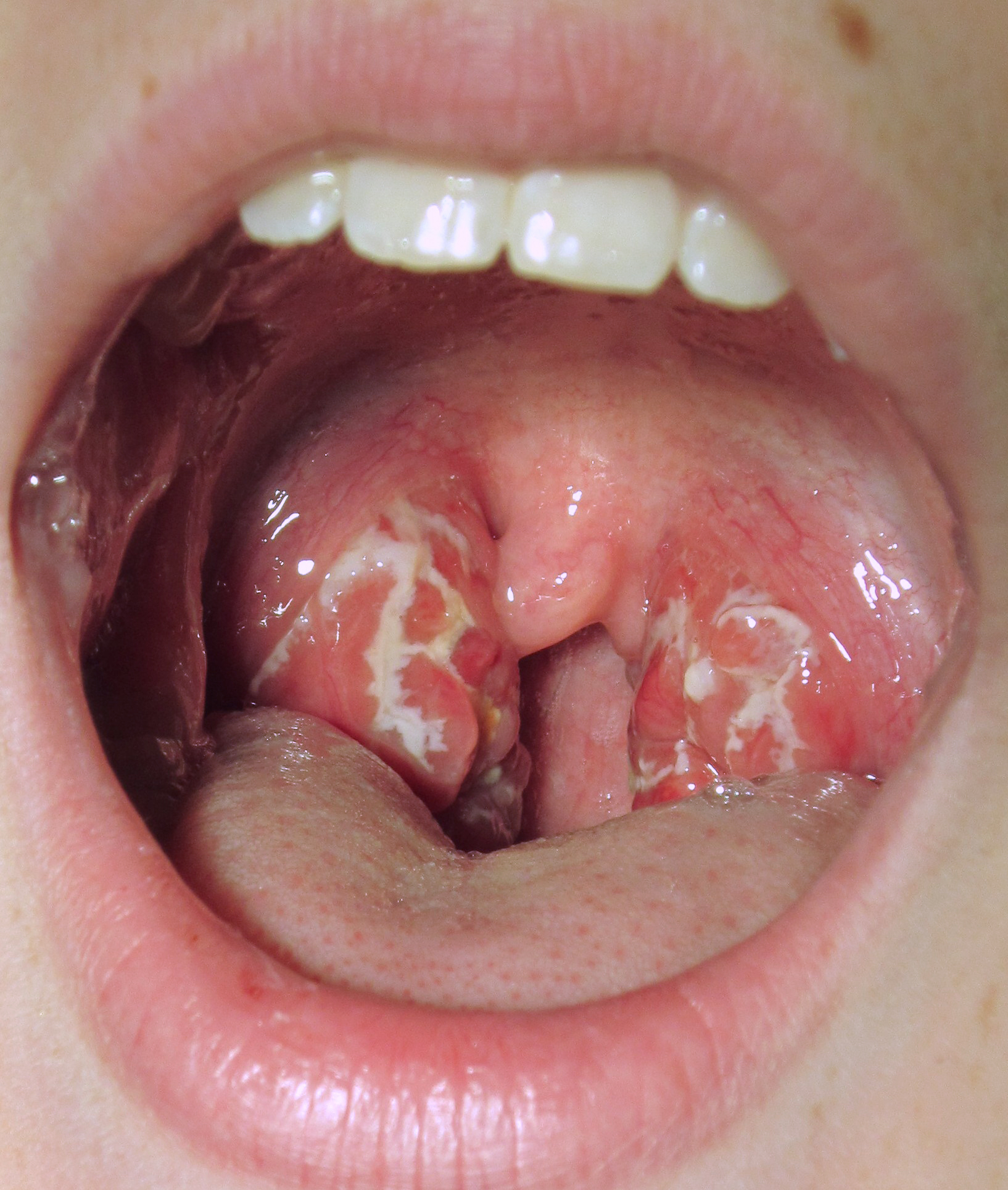Joseph R. Anticaglia MD
Medical Advisory Board
Sore throats are most commonly caused by viruses. However, about one third of the time they’re due to bacteria, especially Group A Streptococcus. Group A streptococci are found in the nose and throat and easily spread from person to person by coughing, sneezing or touching something with infected droplets on it.
How can one set apart a viral from a bacterial throat infection? What to do when your child says, “Mommy, my throat hurts” or when you complain “I have this sore throat and it hurts like hell to swallow.”
Should I see the Doctor?


Anyone can get strep throat, but it’s much more common in children than adults. Children, about 30% of the time, test positive for group A strep. About ten percent of adults with sore throats test positive for strep throat.
But when should you see a doctor? The physical appearance of the throat is not enough to make the diagnosis. The patient’s medical history and examination of the throat and mouth offer clues as to whether the sore throat is due to a virus or strep infection.
Signs and Symptoms of Strep Throat
Strep Throat
- Sore throat starts quickly
- Pain on swallowing
- Fever
- Red and swollen tonsils, sometimes with patches or streaks of pus
- Tiny red spots on roof of mouth
- Swollen lymph nodes in front on neck
Typically, Strep throat does NOT include:
- Cough
- Runny nose
- Pink eye
Other symptoms may include headache, stomach pain, trouble breathing, nausea and vomiting. Another finding may a rash on the surface of the body called scarlet fever (scarlatina). The rash usually starts on the trunk and spreads to the extremities. They appear as tiny red bumps that some refer to as a red, sandpaper-like strep rash.
Testing for Strep Throat
The physical appearance of the throat alone is inadequate to make the diagnosis of strep throat. Laboratory testing is needed to make the diagnosis and to identify the bacteria causing the sore throat.
- Rapid strep test
- Culture and sensitivity
The tests involve swabbing the throat and sending it off to the laboratory to be tested for group A streptococcus. If the rapid test is positive, antibiotic treatment is started immediately. If negative and the doctor suspects strep throat, she may take another swab of the throat and send if off for a culture and sensitivity test.
Antibiotics
With a positive diagnosis of strep throat, sensitive antibiotics work effectively and fast. They get you back to work or school quickly, relieve your symptoms, prevent complications and the spread of strep to others.
Complications
Although complications are not common, kidney disease and rheumatic heart disease are potential lifelong complications due strep throat. Respiratory distress can choke the airway necessitating a tracheotomy. We all need to protect ourselves and others from the often underestimated sore throat and its complications.
References
- Center for Disease Control and Prevention; Group A Streptococcal (GAS) Disease
- Anticaglia J. “Sore Throat: When Salt-Water Gargling is Not Enough!”
This article is intended solely as a learning experience. Please consult your physician for diagnostic and treatment options.

